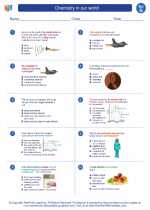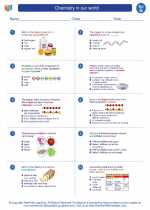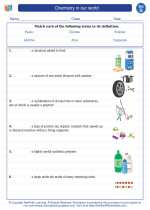Hibernation: A Natural Phenomenon
Hibernation is a fascinating biological phenomenon observed in many animals, primarily in response to changes in environmental conditions such as extreme cold or food scarcity. During hibernation, an animal enters a state of dormancy, characterized by significantly reduced metabolic activity, lowered body temperature, and prolonged periods of inactivity.
Adaptations for Hibernation
Animals that hibernate exhibit a range of adaptations that enable them to survive long periods of dormancy. These adaptations include:
- Increased Fat Reserves: Hibernating animals accumulate and store large amounts of fat to sustain them through the period of reduced food availability.
- Decreased Metabolic Rate: Metabolic processes slow down significantly, reducing energy expenditure and allowing the animal to conserve resources.
- Lowered Body Temperature: Many hibernating animals experience a decrease in body temperature, which further contributes to energy conservation.
Examples of Hibernating Animals
Several species across different animal groups exhibit hibernation as a survival strategy. Some common examples of hibernating animals include:
- Bears: Many bear species, such as black bears and grizzly bears, enter a state of dormancy during the winter months.
- Ground Squirrels: Ground squirrels hibernate to survive the winter, relying on their fat reserves for energy.
- Bats: Certain bat species hibernate in caves or other sheltered locations to endure the winter period.
Study Guide
To better understand the concept of hibernation, consider exploring the following topics as part of your study guide:
- Compare and contrast hibernation with other forms of dormancy, such as estivation and torpor.
- Investigate the physiological changes that occur in hibernating animals, including metabolic adaptations and behavioral patterns.
- Examine the ecological significance of hibernation in maintaining animal populations and ecosystem dynamics.
- Research ongoing studies and conservation efforts focused on hibernating species and their habitats.






